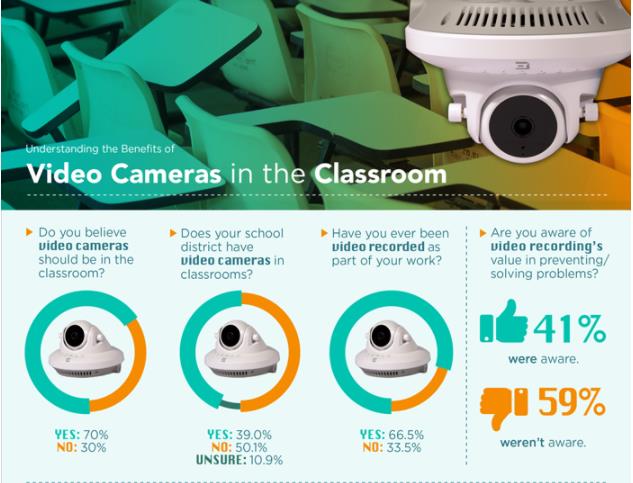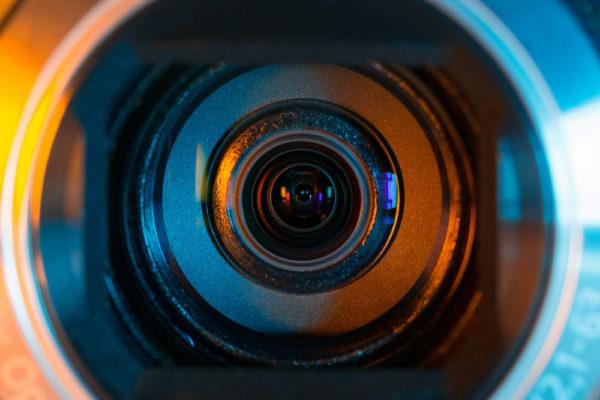When Micah Watson, an 8-year-old with autism, came home with bruises, his parents suspected their son had been mistreated in a closet-sized “calm room” at Plano ISD’s Miller Elementary School. It took two years for the child’s mother, Bethany Watson, to finally see video from that day, which showed Micah being forced into a tiny padded room at the elementary school in Texas. The door was held shut while the child yelled, “No! No! Let me out now!” At one point the teacher egged Micah on with, “Kick me. You’ve already done it. I don’t care.” The student was knocked to the ground in an attempt to remove his shoes. When the child begged to be let out, the teacher responded, “No.”
This horrific incident led to important changes at Plano ISD and throughout the state of Texas. The teachers involved in the incident were fired. All calm room spaces at Plano schools must now be at least 50 square feet and without doors. This episode, combined with similar high-profile occurrences across the state, led Texas to pass SB507, requiring cameras in special education classrooms. Advocates of the law say the video cameras go a long way in both easing parent concerns and in protecting teachers from wrongful accusations.
The topic of video cameras in the classroom has been brewing for years. Schools that have deployed cameras in public areas have experienced dramatic safety benefits. For example, Fraser Public Schools in Michigan found that the incidents of fighting dropped to near zero. Police officers have found body cams provide an important defense against false accusations.
College professors are also eager for the protection that video surveillance can provide. In The Case for Class Cams, Amir Azarvan argues that “In an age of narcissism, we need to protect professors by putting cameras in the classroom.” According to False Accusations: A Growing Fear in the Classroom, “one in seven male teachers has been wrongly accused of inappropriate contact with students”.
“When folks know that they’re being monitored, it shapes their behavior—period,” says Berkly Trumbo, a senior director of G4S.
“We established early on that the cameras were a tool to deter harmful activity and protect students,” said Superintendent David Richards of Fraser Public Schools. “Criminal and disciplinary incidents declined almost immediately. Once students realized that the cameras were active, they were a strong deterrent.”
Texas is far from the only state implementing video cameras in the classroom. Other states run the gamut of studying classroom surveillance, to drafting legislation, to fully implementing new laws on classroom video as Texas has done. Georgia’s new law, House Bill 614, also known as the Landon Dunson Act, enables video-monitoring camera equipment to be installed in special-education classes. Parents in Wyoming, Florida, and Ohio are currently working on passing laws to require videotaping.
At the federal level, both the House of Representatives and the Senate have been discussing the Keeping All Students Safe Act since 2011. The bill would establish federal minimum standards to limit the use of restraint and seclusion in schools. The bill currently stops short of requiring video in the classroom, but consideration could be added as debate over the bill progresses.
Today, more than 70 percent of educators and IT managers believe that video cameras should be used in the classroom, according to a survey conducted this year of over 800 global participants. Two-thirds of respondents said they are aware they have been recorded on video as part of their work. 41 percent are aware of specific situations where video prevented or solved a problem.

[Link to full infographic: https://content.extremenetworks.com/higher-education/survey-70-believe-video-cameras-should-be-in-the-classroom-infographic]
(Next page: Benefits and challenges to video cameras in the classroom)
Benefits of Cameras in the Classroom
The most important benefit of recording classroom video is to protect student safety. But there are additional benefits for absent students, teacher-safety, and teacher-training. Teachers can learn from observing themselves and others in classroom situations. Absent students, unable to be present in the classroom can either participate remotely, or catch up afterwards.
Handled as a learning tool, one teacher explains how video can be an important, constructive tool, even fostering collaboration within the teaching profession. Video recording can reduce special education legal fees, lawsuits, settlement agreements, and staff time spent dealing with safety issues.
Challenges with Video
The idea of placing video cameras in classrooms to record all teacher and student activities has not been met with universal acceptance. People have a natural instinct to distrust surveillance and to guard their privacy. Protecting privacy requires that the video data be securely managed with tight access control.
The cost of adding video, especially where it can be required by law as in Texas, had been a cause for some concern. However, new products coming onto the market are making the expense of video highly manageable, particularly when combining the initiative with upgrades to wireless infrastructure.
Extreme Networks, for example, has released a wireless access point bundled with a wide-angle high definition security camera. Known as the AP3916, it provides Wi-Fi connectivity and video surveillance through a single Ethernet uplink. The bundled device provides institutions with the opportunity to extend their video surveillance capabilities as they expand their wireless performance and footprint.
Major advances in the capabilities of video-management systems (VMS)—the software that handles and stores video feeds—have largely eliminated the need for someone to sit and constantly monitor video surveillance.
Today’s VMS use sophisticated algorithms and can make use of machine learning to detect unusual activity and trigger an alert. Using this selective approach, a single campus dispatcher can handle as many as 500 cameras. Alerts can be triggered, for example, by sound or movement levels outside the normal range or occurring at the wrong time of day.
Where Can Cameras Be Deployed?
The courts have ruled that cameras may not be used in an area where there is a “reasonable expectation of privacy.” These off-limit areas include bathrooms, gym locker and changing areas, and private offices (unless consent by the office owner is given).
Planning For Video Cameras in The Classroom
Deploying video in the classroom must start with good planning. The plan should deal with the following considerations:
- Video cameras: what models; how many; where will they be located? How will they be rolled out and installed? How long will they last and when will they be replaced?
- Networking: will the cameras connect to wired Ethernet or Wi-Fi? Is there adequate bandwidth and security?
- Video file storage: will you use a dedicated video file system? How much file space is required? How long will the files be retained? How will you insure adequate security of the files? Will we use automatic computer analysis software? Who will be permitted to view the videos and how will this be managed?
- Informing the faculty, students, and community: how the community is informed has been shown to have a dramatic impact on how the deployment is received. Is the plan to use the saved videos only if an issue comes up (on-demand), or will they be constantly reviewed?
What IT Managers and Educators Are Saying About Video
Here are some of the free-form comments from IT and educators who responded to a recent survey conducted by Extreme Networks:
- “There is no denying video, it is a quick way for teachers to see best practices and need for improvement.”
- “An out of control student in the library was recorded verbally assaulting the librarian, then told his parents she started it. Parents are difficult to deal with, but after seeing child acting out, they took a different approach to what they know is his fault.”
- “Video record provided a reflective look at teaching environment where covert bullying of special needs child was occurring. This assisted the teacher in altering pedagogical strategies to eliminate negative activity.”
- “In special ed classes an employee was accused of abusing a student. Cameras in the classroom would have definitely helped. Cameras in the hallways of the school did, however, catch the employee in the act.”
- “After speaking with teachers, they feel like ‘big brother’ is always watching.”
- “There are too many incidents where they have been needed this year alone.”
- “Video adds additional stress to teachers and I believe teachers would be less likely to be spontaneous and more scripted in presenting materials. I also think students would focus on cameras if they know they are being recorded.”
- “Cameras are essential mostly as a security tool to safeguard the teacher as well as the students They do hamper the flow of natural learning and a certain degree or inhibition sets in which prevent a natural flow of ideas and good learning.”
- 7 reasons to ditch recipe-style science labs - November 22, 2024
- As a paradeducator, here’s how I use tech to help neurodivergent students gain agency - November 22, 2024
- 5 ways school districts can create successful community partnerships - November 21, 2024


